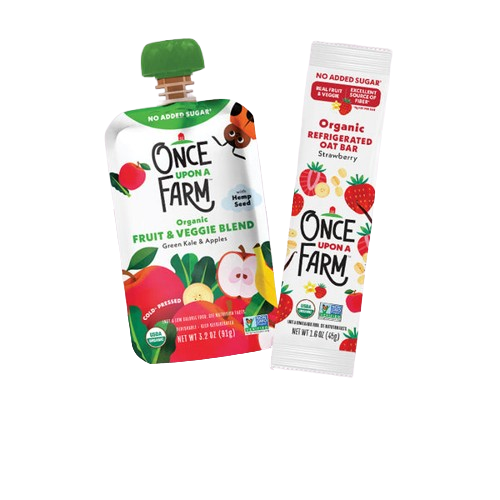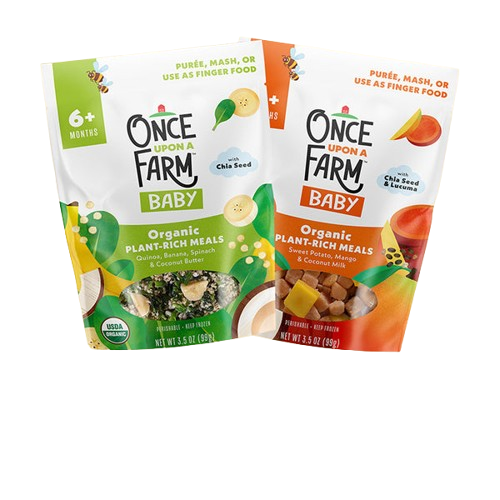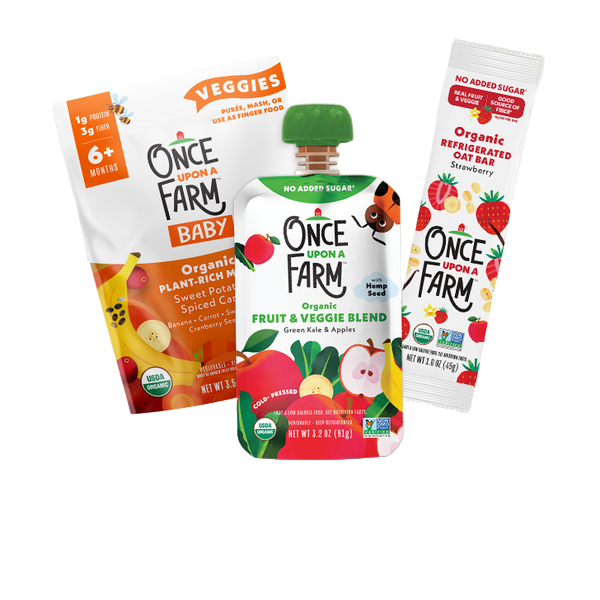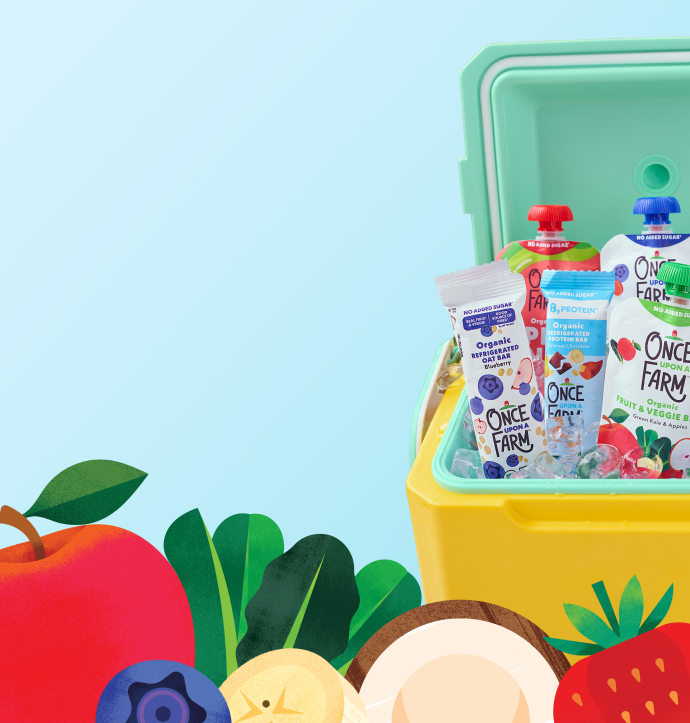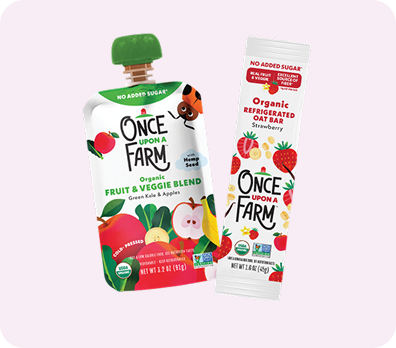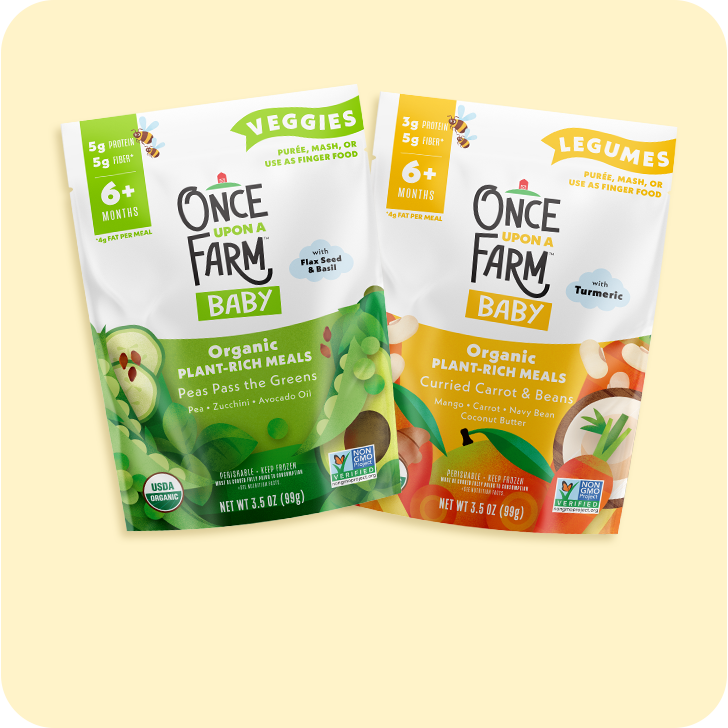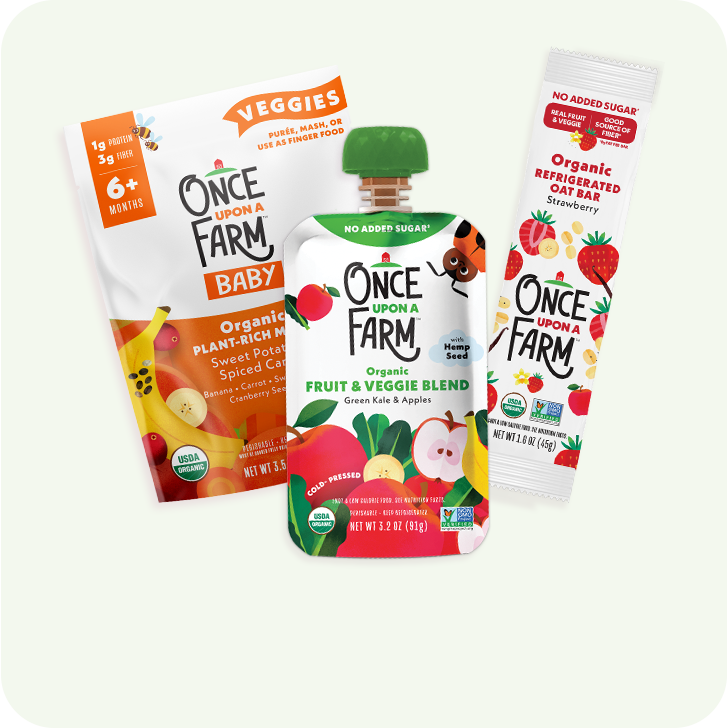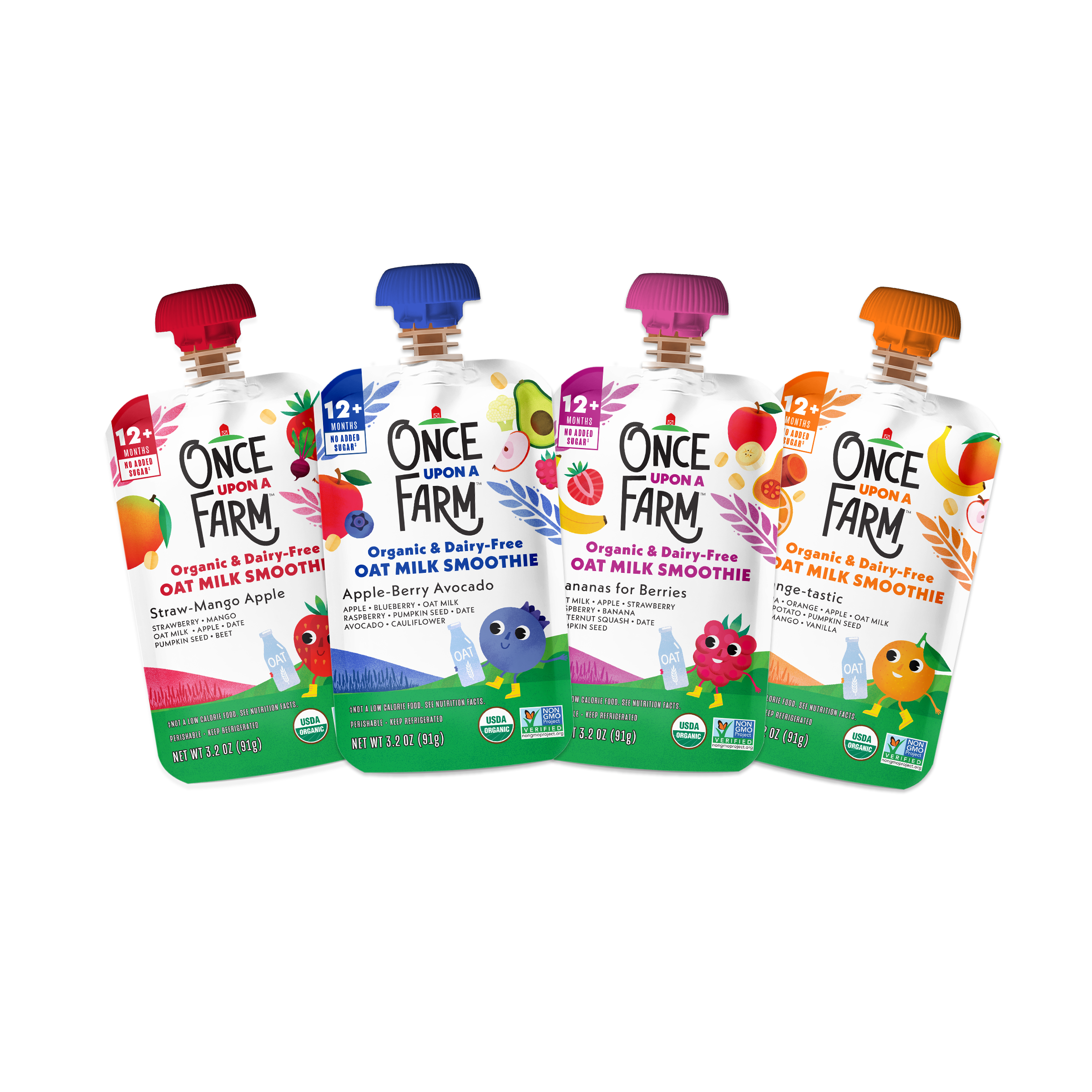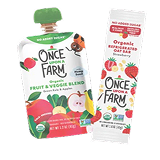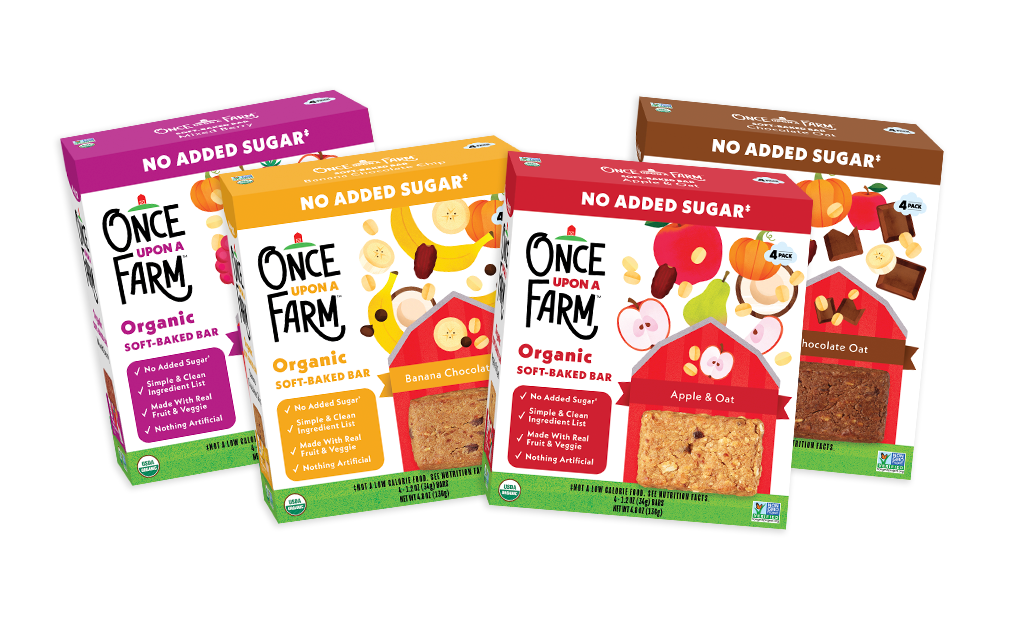Note: This blog is not medical advice and is for informational purposes only. For any specific recommendations or concerns, please refer to your child’s healthcare provider.
Every day in all the ways, our kids are growing. This is perhaps most noticeable during their growth spurts, the most dramatic of which occurs around the onset of puberty. This time brings many changes for children, changes that parents will need to support them through.
When do kids typically experience growth spurts?
Kids are always growing, experiencing both physical and mental growth spurts. In terms of mental growth spurts, think of the development of new skills for babies and toddlers such as rolling, walking, and talking. The most dramatic growth spurt occurs during puberty.
According to pediatrician Joana Fraser, MD, the onset of puberty ranges from ages 10–15 years old for girls, and 12–17 years old for boys. “After this growth spurt,” Dr. Fraser explains, “growth dramatically slows and then stops.”
Signs a Child is Experiencing a Growth Spurt
During a growth spurt, kids may experience many changes, as there is so much happening in their bodies. “Your child’s appetite may increase or decrease,” Dr. Fraser explains, “they might need more or less sleep (sometimes there is so much going on in their brain it makes it hard to sleep).”
Additionally, they may seem more withdrawn or moody. “Especially with the huge changes around puberty,” she continues, “your child may seem like a different person and that’s because they are—they are changing and adapting into what will soon be adulthood.”
Supporting Your Child’s Sleep & Physical Activity During a Growth Spurt
During any growth spurt, Dr. Fraser advises prioritizing rest, sleep, and nutrition as much as possible in your child. Babies and toddlers may need more frequent or longer naps. For older children and adolescents, Dr. Fraser says to avoid putting pressure on them to do activities or sports if they are uncomfortable or tired, which may increase their risk of injury (and decrease their enjoyment of it!).
“During the adolescent growth spurt,” she explains, “your child’s bones, muscles, and tendons are growing rapidly but often at different rates which can lead to growing pains and growth-spurt related issues such as Sever’s disease (heel pain) or Osgoodd-Schlatter disease (knee pain).” Ensure your child gets adequate rest, and doesn’t ignore pain. “If pain is extreme or debilitating,” Dr. Fraser advises, “then physical therapy can also be helpful.”
Supporting Your Child’s Dietary Needs During a Growth Spurt
As kids’ dietitian Kacie Barnes, MCN, RDN, LD shares, “nutrition is such an important component of growth and development!” Supporting their diet will support their brain, muscle, and bone development, as well as their overall health. “During a growth spurt,” Barnes explains, “children might experience an increase in appetite and have some increased dietary needs—namely overall calories and macronutrients.” They may request more food, which is totally normal. “Helping your child understand their body cues in an age-appropriate way is so important and can help both of you discern what more means for them,” says Barnes.
How Dietary Needs Vary Depending on Age of Growth Spurt
Based on their age, “kids will need different things from their diet and from us,” Barnes says. “Toddlers may not be able to explain that they’re feeling much hungrier than normal, but you may be able to tell by watching their normal behavior and eating habits.” Ensure you are offering ample, nutrient-dense meals and snacks that feature a variety of foods, and make sure they don’t skimp on fat. As Barnes explains, “the main difference in dietary needs for a toddler (ages 1–3) vs. older kids and teens is that they have higher dietary fat needs.” So, focus on fats like avocado, olive oil, nut or seed butters, chia seeds, and ground flax seeds.
Older kids may be able to be more self-directed here, Barnes continues. “Stocking the pantry and fridge with nutritious snacks like full-fat dairy, whole grain foods, nuts and seeds, and fruits and vegetables can make sure you’re helping them meet their needs of both macronutrients and all the micronutrients.” These children may also desire the occasional protein shake as an additional snack, she adds.
Nutrients to Prioritize During a Growth Spurt
“Undernourishment can actually delay growth spurts,” Barnes explains, “so prioritizing adequate nutrition is the first goal. We want to make sure that they’re taking in enough for their age/size so that there aren’t any nutritional deficiencies that could contribute to a delay in growth.” Offering nutrient-dense food ensures your child is getting the right vitamins and minerals their bodies need to support their spurts. Foods like fruits and vegetables, whole grains, nuts and seeds, and a variety of proteins like beans, fish, eggs, lean meats, and seafood.
“In terms of specific nutrients,” Barnes says, “I would prioritize protein, iron, calcium, zinc, and folate. But don’t overdo it on protein—make sure there’s plenty of room for some fat and carbohydrates, too.”
Supporting the Emotional or Physical stress of Growth Spurts
“Nutritional adequacy is my biggest suggestion here,” Barnes advises. “Under-eating can actually contribute to higher anxiety and often goes hand in hand with body dissatisfaction.” So, eating adequate, nutrient-dense foods that feel good in the body can help combat the emotional or physical stress of growth spurts, she explains.
“That’s not to say there’s not a time and place for all foods—there is!” says Barnes. “But during these intense periods of growth that often come along with some physical (and other) discomfort, it’s so important to fuel their bodies with things that help them feel and work their best.” Sugary, high-fat or friend foods, or eating simple carbs without the appropriate protein/fat fried/foods, can leave kids feeling more sluggish and lethargic. “Balanced meals that have a protein, carbohydrate, and fat help stabilize mood because there is less of a blood sugar spike and crash compared to a meal that is primarily carbohydrates,” Barnes explains.
Through all the growth spurts and slow-downs, emotional highs and lows, your support of your growing child remains consistent. And that will make all the difference in their world.

